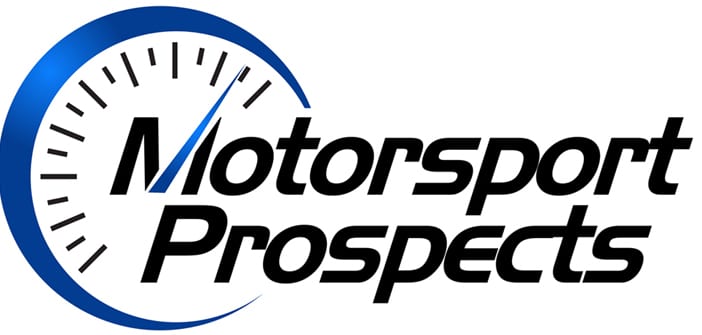
(Motorsport Prospects contributor Maja Czarzasty-Zybert expands on last week’s column to explain how sim racing and virtual testing are new and exciting career paths for neurodiverse talents. You can read last week’s column here.)
Just a decade ago, few considered sim racing anything more than a form of entertainment. Today, it has become a fully-fledged development platform for aspiring racing drivers and engineers. Moreover, sim racing is opening doors for people who might face difficulties breaking into traditional motorsport – including neurodiverse talents.
In an era of growing awareness of autism, ADHD, and other forms of neurodiversity, the question arises: can technology help these individuals find a place in motorsports? Increasing evidence points to the fact that it can – and racing simulators could be the key to this change.
E-sports and simulators as tools for discovering unique abilities
Sim racing, or racing in simulators, is no longer just a form of video gaming. Thanks to advanced technologies that replicate real-world track conditions and vehicle physics, it has become an important training tool for professional drivers. Figures like Max Verstappen and Lando Norris regularly use simulators to train their skills.
For neurodiverse individuals, who often possess unique abilities such as heightened concentration, fast data processing, or exceptional visual memory, sim racing can be the ideal environment for growth. Unlike real-life racing, it removes many entry barriers – such as high costs, the need for physical presence on the track, or social pressure from direct interaction with teams and competitors.
Interestingly, studies suggest that individuals with autism may excel in pattern recognition and making quick decisions in stressful situations – skills that are incredibly valuable in motorsports. In a virtual environment, where noise and distracting factors can be controlled, these talents can truly thrive.
Sim racing as a potential Gateway to F1
Motorsport, particularly Formula 1, has been using simulators for years to test both new drivers and racing strategies. Many teams have dedicated simulators where drivers spend hundreds of hours before ever stepping into an actual race car.
For neurodiverse individuals, sim racing could serve as a real pathway into motorsports. Already, there are cases of drivers who started in e-sports and then got a chance in real-world racing – one example is Enzo Bonito, who as a sim racer outpaced a professional F3 driver in a race in Mexico. Another example is Igor Fraga, who transitioned from sim racing to real-world racing series, such as the Toyota Racing Series.
For F1 teams, recruiting talent from e-sports is becoming more evident. Neurodiverse drivers, who can demonstrate their unique skills in a virtual environment, have the opportunity to bypass expensive junior racing series and enter the world of professional simulator testing, and from there – who knows – even the real race cars.
Technologies facilitating access to motorsports for neurodiverse individuals
One of the biggest challenges for neurodiverse individuals is adapting their working environment to suit their individual needs. In motorsport, where noise, pressure, and quick social interactions are common, this can be a barrier.
Fortunately, supportive technologies are becoming more accessible. Personalized simulator settings can cater to sensory needs, such as reducing sound stimuli or adjusting visual interfaces. Artificial intelligence systems can analyze a driver’s style and suggest strategies tailored to their specific perceptual abilities.
Additionally, organizations like the FIA could introduce support programs for neurodiverse talents, allowing them to participate in professional testing and training. Initiatives like Dare to be Different or Mission 44 by Lewis Hamilton are already pushing for inclusivity in motorsports – and we may soon see more efforts supporting neurodiverse talents.
Conclusion and development prospects
Sim racing is not just a hobby, but also a powerful tool for discovering and developing talent, especially for those who might struggle to break into traditional motorsports. For neurodiverse individuals, who often exhibit exceptional skills in data analysis, concentration, and quick adaptation to changing conditions, virtual racing could be the key to a great career.
Motorsport teams, FIA organizations, and technology manufacturers should recognize the potential in neurodiverse talents and actively create support programs. Sim racing is no longer the future – it is the present, where everyone, regardless of their unique traits, can find their place.
So, will sim racing become a new career path for neurodiverse drivers and engineers? All signs point to yes – now the question remains, who will be the first to fully harness this potential.
In my next article, I will explore how to support neurodiverse children in pursuing their dreams of a career in motorsport. I’ll discuss valuable tips for parents on how to understand and nurture neurodiverse talents, focusing on the role of STEM education in developing technical skills in children with autism, ADHD, or dyslexia. Additionally, I’ll highlight how the unique traits of neurodiverse children can become strengths in the world of racing and technology.


